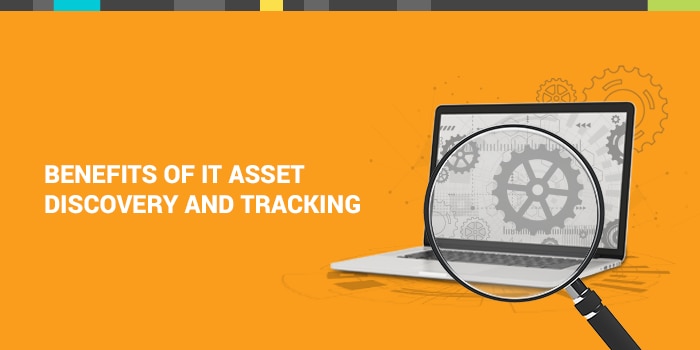Enterprise Service Management and Its Potential in Education
As you may have read recently online, heard on a podcast, or learned at a professional conference or event, ITSM principles and practices are finding their way outside the scope of IT, moving through DevOps thinking and the application of Enterprise Service Management into all kinds of new areas. One such area in which Enterprise Service Management is quickly becoming a new standard is within the field of education. In fact, educational institutions are adopting ESM rapidly, and it’s only looking to become more popular in the near future. But education presents a unique set of challenges when it comes to service delivery. After all, there is a wide range of users or customers, including a range of employees (faculty and staff and administrators), and also the students themselves. These unique groups bring a variety of levels of technical acumen to the table. In many cases, the students tend to be considerably more technically inclined than most typical educational employees. Students, through the consumerization of technology, are accustomed to and in many ways expect (or even demand) a certain level of technological sophistication from the systems and products that deliver much of their experience of education. Because of this, it is crucial that service delivery across educational institutions is efficient and versatile, and that self-service options are available to students as well as to faculty and staff.ESM Education Strategy – The Benefits of Applying Employee Service Management Across Institutions
Enterprise service management, the application of ITSM thinking and processes to areas outside of traditional IT, may be better thought of as “Employee Service Management,” especially as it is applied in educational contexts. Employee service management focuses on the needs of the internal customer/employee/ student first and foremost, providing services and technologies to meet their needs. Supporting employees and all users in an educational context drive the support of the enterprise as a whole in a wide variety of ways. For example, less time and resources are spent on redundant, poorly scaled processes, users enjoy increased convenience while accessing capabilities, systems experience greater general efficiency, and the organization as a whole enjoys improved visibility performance.ESM Education – Possible Applications for Further Investigation
Through automation and the employment of AI, there is a tremendous amount of potential applications for ITSM through ESM across contemporary educational institutions. Anyone who had the good fortune to attend college prior to the year 2000 will likely remember a time when signing up for classes was a days-long event that involved multiple forms and long, long lines of people. Now, with just a few clicks, students have access to scheduling tools that they are uniquely equipped (thanks to consumerization) to use. But the application of ESM across learning institutions shouldn’t stop at scheduling classes (or rooms). Many institutions are using automation and AI to provide counseling services, health services, recreation, and a great many other services that (in the past) were only available through direct person-to-person contact. As an added benefit, this is saving institutions money and providing users with a greater level of services.ESM Solutions for Education
The benefits of sound ITSM should not be kept within the realm of IT. Through ESM, many educational institutions are developing ways to apply ITSM across communities and systems, driving greater efficiency and access to services than has ever been possible before. And all indicators seem to point toward this being just the beginning.








